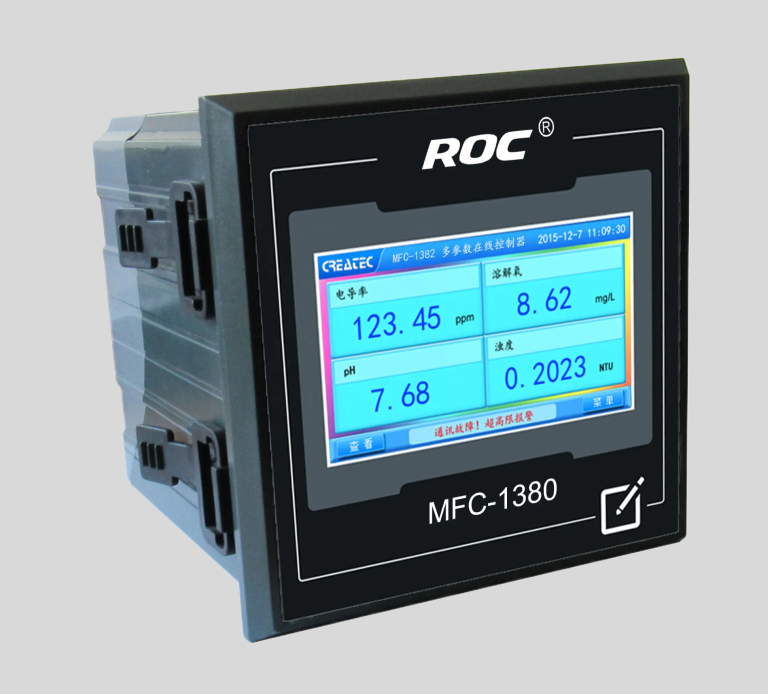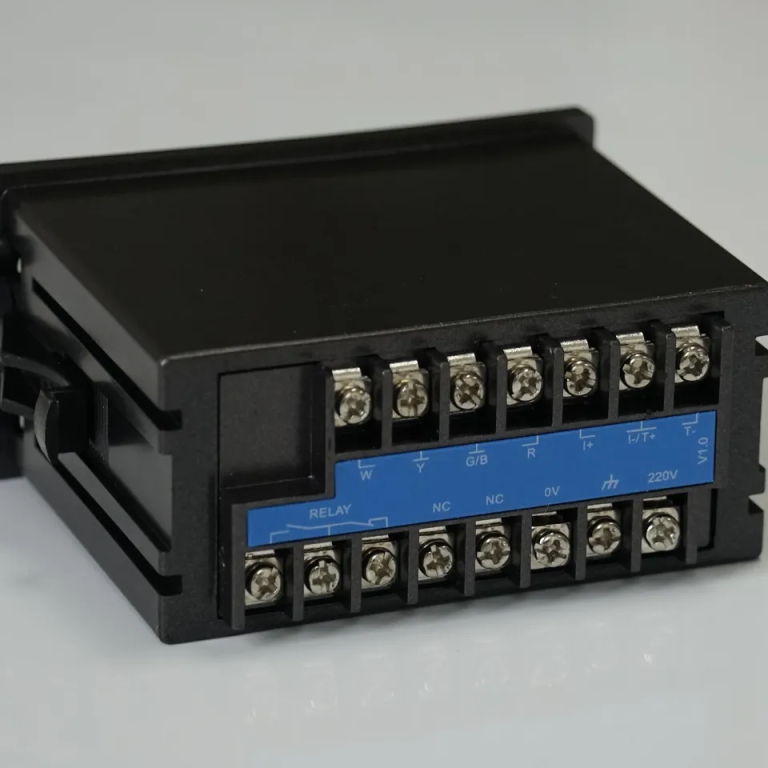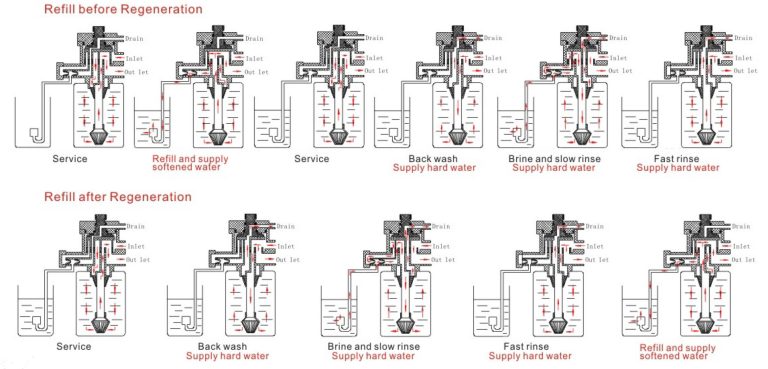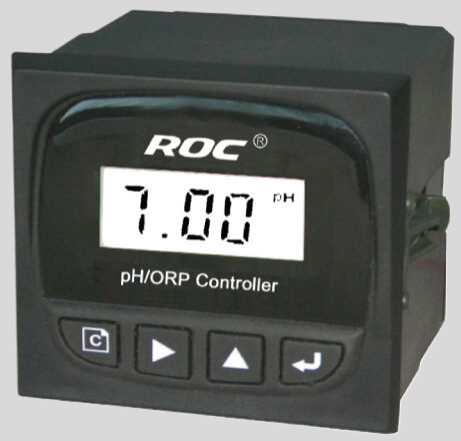Table of Contents
Principles of Operation of Flow Transmitters
Flow transmitters are essential devices used in various industries to measure the flow rate of liquids or gases in a system. These devices play a crucial role in ensuring the efficiency and accuracy of processes that rely on the precise measurement of flow rates. Understanding how flow transmitters work is key to maximizing their effectiveness and ensuring reliable operation.
One common type of flow transmitter is the differential pressure flow transmitter. This type of transmitter works by measuring the pressure drop across a constriction in the flow path, such as an orifice plate or a venturi tube. The pressure drop is directly proportional to the flow rate, allowing the transmitter to calculate the flow rate based on the measured pressure difference.

Another type of flow transmitter is the Electromagnetic flow meter, which operates on the principle of Faraday’s law of electromagnetic induction. In this type of transmitter, a magnetic field is applied to the fluid, and electrodes measure the voltage generated as the fluid flows through the magnetic field. The voltage is directly proportional to the flow rate, allowing the transmitter to accurately measure the flow rate of conductive fluids.
Ultrasonic flow transmitters are another popular choice for measuring flow rates in a non-invasive manner. These transmitters use ultrasonic waves to measure the velocity of the fluid passing through the pipe. By measuring the time it takes for the ultrasonic waves to travel upstream and downstream, the transmitter can calculate the flow rate of the fluid with high accuracy.
Thermal flow transmitters operate on the principle of measuring the heat transfer between a heated sensor and the flowing fluid. As the fluid flows past the sensor, it carries away heat, causing a temperature difference that can be measured and used to calculate the flow rate. This type of transmitter is commonly used for measuring the flow rates of gases.
Each type of flow transmitter has its advantages and limitations, depending on the specific application requirements. It is essential to select the right type of flow transmitter based on factors such as the type of fluid being measured, the flow rate range, and the accuracy requirements of the process.
In conclusion, flow transmitters are vital instruments for measuring flow rates in various industrial processes. By understanding the principles of operation of different types of flow transmitters, users can make informed decisions when selecting the right transmitter for their specific application. Whether using a differential pressure transmitter, an Electromagnetic flow meter, an ultrasonic flow transmitter, or a thermal flow transmitter, it is crucial to ensure proper installation, calibration, and maintenance to achieve accurate and reliable flow rate measurements.
Advantages and Limitations of Different Flow Transmitter Technologies
Flow transmitters are essential devices used in various industries to measure the flow rate of liquids or gases in a system. They play a crucial role in ensuring the efficiency and accuracy of processes by providing real-time data on the flow of fluids. There are several different technologies used in flow transmitters, each with its own advantages and limitations.
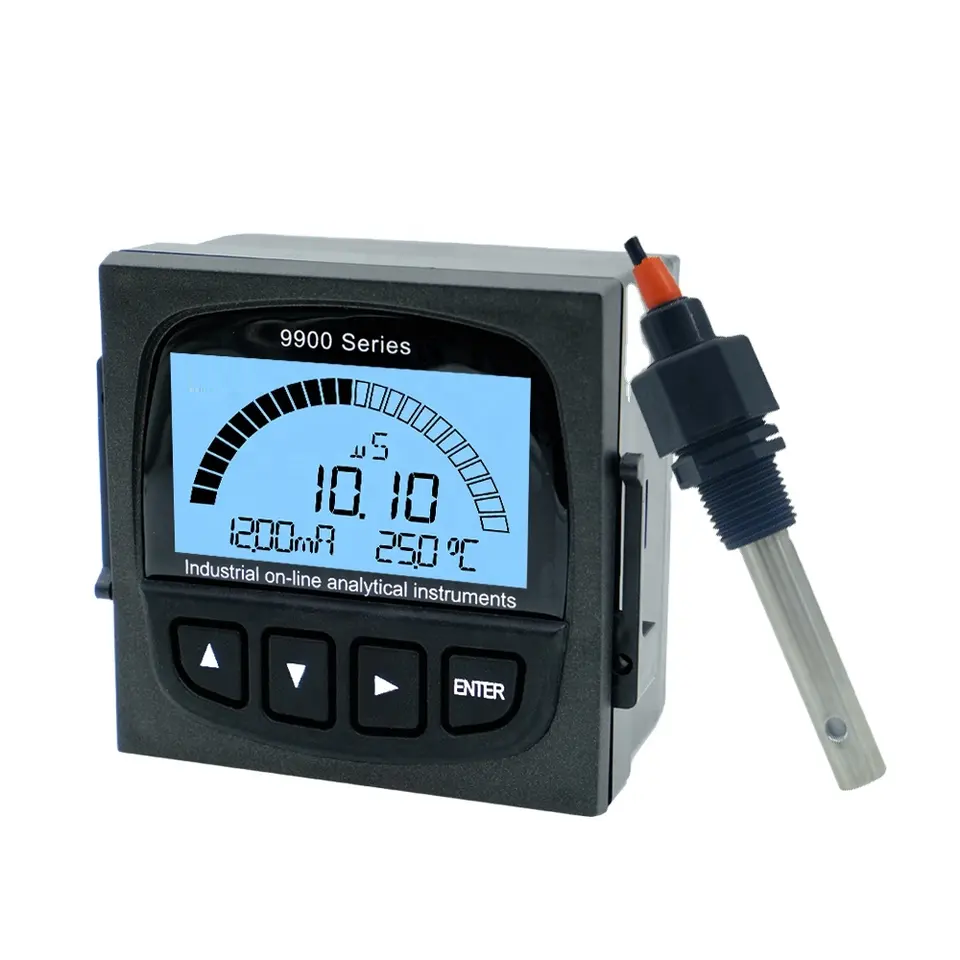
One common type of flow transmitter is the differential pressure flow transmitter. This technology works by measuring the pressure drop across a restriction in the flow path, such as an orifice plate or a venturi tube. The pressure drop is directly proportional to the flow rate, allowing the transmitter to calculate the flow rate based on the pressure difference. One of the main advantages of differential pressure flow transmitters is their simplicity and reliability. They are relatively easy to install and maintain, making them a cost-effective option for many applications. However, they can be sensitive to changes in temperature and pressure, which can affect their accuracy.
Another popular technology used in flow transmitters is the Electromagnetic flow meter. This type of transmitter works by measuring the voltage generated when a conductive fluid flows through a magnetic field. The voltage is directly proportional to the flow rate, allowing the transmitter to calculate the flow rate based on the voltage signal. Electromagnetic flow meters are highly accurate and can measure flow rates in both clean and dirty fluids. They are also unaffected by changes in temperature, pressure, or viscosity, making them a versatile option for a wide range of applications. However, electromagnetic flow meters can be more expensive than other types of flow transmitters and may require regular calibration to maintain their accuracy.
| Model | pH/ORP-510 pH/orp meter |
| Range | 0-14 pH; -2000 – +2000mV |
| Accuracy | ±0.1pH; ±2mV |
| Temp. Comp. | Manual/Automatic temperature compensation; No Comp. |
| Oper. Temp. | Normal 0~60℃; High temp 0~100℃ |
| Sensor | pH double/triple sensor; ORP sensor |
| Display | LCD Screen |
| Communication | 4-20mA output/RS485 |
| Output | High/Low limit dual relay control |
| Power | AC 220V±10% 50/60Hz or AC 110V±10% 50/60Hz or DC24V/0.5A |
| Working Environment | Ambient temperature:0~50℃ |
| Relative humidity≤85% | |
| Dimensions | 48×96×100mm(H×W×L) |
| Hole Size | 45×92mm(H×W) |
| Installation Mode | Embedded |
| Model | DO-810/1800 dissolved oxygen meter |
| Range | 0-20.00 mg/L |
| Accuracy | ±0.5% FS |
| Temp. Comp. | 0-60℃ |
| Oper. Temp. | 0~60℃ |
| Sensor | dissolved oxygen sensor |
| Display | Segment code operation/128*64 LCD Screen(DO-1800) |
| Communication | Optional RS485 |
| Output | 4-20mA output High/Low limit double relay control |
| Power | AC 220V±10% 50/60Hz or AC 110V±10% 50/60Hz or DC24V/0.5A |
| Working Environment | Ambient temperature:0~50℃ |
| Relative humidity≤85% | |
| Dimensions | 96×96×100mm(H×W×L) |
| Hole Size | 92×92mm(H×W) |
| Installation Mode | Embedded |
Ultrasonic flow meters are another technology commonly used in flow transmitters. These transmitters work by measuring the time it takes for an ultrasonic pulse to travel between two points in the flow path. The time difference is directly proportional to the flow rate, allowing the transmitter to calculate the flow rate based on the time difference. Ultrasonic flow meters are non-intrusive and can be used in a wide range of applications, including those with corrosive or abrasive fluids. They are also highly accurate and can measure flow rates in both clean and dirty fluids. However, ultrasonic flow meters can be sensitive to changes in temperature and pressure, which can affect their accuracy.
In conclusion, flow transmitters are essential devices used in various industries to measure the flow rate of liquids or gases in a system. There are several different technologies used in flow transmitters, each with its own advantages and limitations. The choice of technology will depend on the specific requirements of the application, including factors such as accuracy, reliability, cost, and environmental conditions. Differential pressure flow transmitters are simple and reliable but can be sensitive to changes in temperature and pressure. Electromagnetic flow meters are highly accurate and versatile but can be more expensive and require regular calibration. Ultrasonic flow meters are non-intrusive and can be used in a wide range of applications but can be sensitive to changes in temperature and pressure. Overall, each technology has its own strengths and weaknesses, and it is important to carefully consider these factors when selecting a flow transmitter for a specific application.

